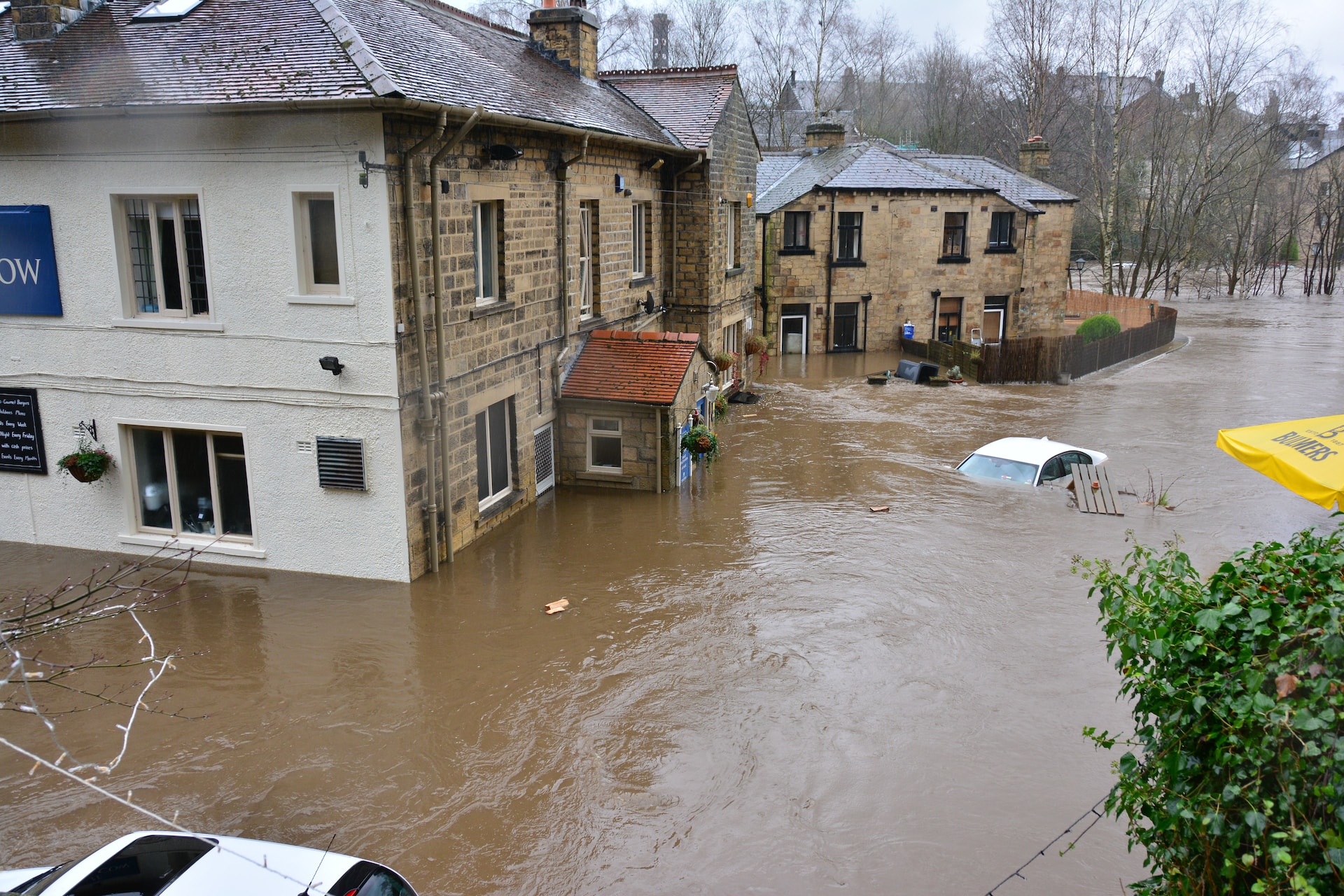Dangers of Flooding in Coastal Regions
Coastal cities are often at risk for flooding due to their close proximity to the ocean. With rising sea levels, coastal cities are increasingly vulnerable to the dangers of flooding and its destructive effects.
One of the most significant threats posed by flooding in coastal cities is damage to buildings, infrastructure and other property. Floodwaters can penetrate walls, erode foundations and cause structural damages that require costly repairs. Furthermore, the remains of buildings left after floodwaters recede can create health hazards as toxic chemicals may leach into drinking water or be released into the air through mold.
Flood waters often contain pathogens that can be hazardous to humans and animals alike. Pathogens such as bacteria, fungi, protozoa, viruses, and helminths may be present in natural bodies of water or runoff collected from urbanized areas.
Bacterial pathogens are the most common form found in floodwaters and can cause skin infections or respiratory illnesses. Protozoa is a type of single-celled organism which can lead to various diarrheal diseases if ingested by humans and other animals through contaminated food or water supply. Similarly, viral pathogens like rotavirus and enteroviruses are commonly present during floods spreading illnesses like hepatitis A (HAV) once inside the body while helminths (wormlike parasites) infestations such as roundworms, hookworms and whipworms occur due to improper sanitation practices leading to severe bodily damage if not treated quickly enough.
It is therefore important to take steps to protect yourself from the dangers associated with floodwaters especially if contact with them cannot be avoided altogether. This includes options like wearing protective gear when interacting with bodies of water affected by floods such as waterproof boots, gloves, long pants and sleeves as well using disposable wipes after any contact has been made so that accidental ingestion does not occur should hand-to-mouth contact happen later on in the day. Lastly, it’s always best practice to boil any drinking water prior to consuming it under these circumstances just in case there might still be traces of any pathogen within left unnoticed despite all efforts taken beforehand for your safety .
Flooding in coastal cities also has a detrimental effect on transportation systems, which can be impacted in a variety of ways. Bridges, tunnels and roadways may become blocked by debris or waterlogged vehicles, leading to traffic disruptions that can bring about economic hardship for those who rely on them for essential services or daily commutes. Additionally, floods have the potential to damage public transportation networks so repairs must take place before they are put back into service.
Flooding in coastal cities can also result in severe pollution from overflowing sewage systems, leaking fuel tanks and hazardous materials from industrial sites situated near shorelines. Homes can be severely contaminated in flooded areas, in which case it is advised to contact a qualified water damage restoration company to help alleviate the health risks to the residents. The pollutants released through these events mix with floodwaters and spread throughout not just the affected areas but potentially other parts of the city as well due to strong currents carried by rivers or tidal waves pushing against coastal barriers. This contamination of air and water sources has serious consequences on both humans and animals alike with potential long-term health risks associated with it such as cancer, asthma, reproductive problems and immune system disorders among many others.
Due to these concerns, many coastal cities are taking steps to address climate change effects while developing strategies such as zoning ordinances aimed at protecting people from potential flood risks by limiting development along shorelines or building stronger storm protections like seawalls or levees around densely populated areas. Additionally, new technologies like computer models simulating how flooding might occur can help predict possible scenarios so that measures can be taken ahead of time ensuring minimal disruption when disaster strikes allowing for quick response times if necessary repairs do have to be made in order to avoid long-term damage down the line.
In conclusion, it is clear that there are numerous dangers associated with flooding in coastal cities making proactive steps a key component for successful adaptation in order mitigate these risks now and into future for generations yet to come.







0